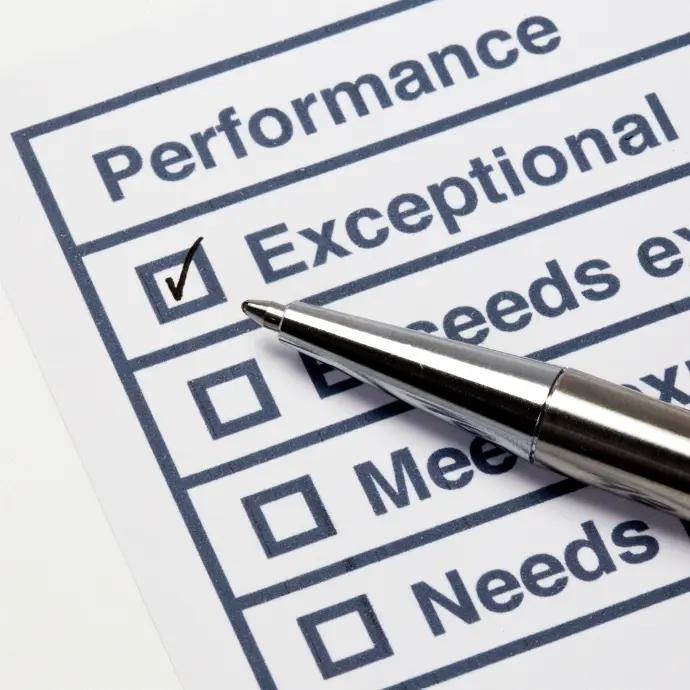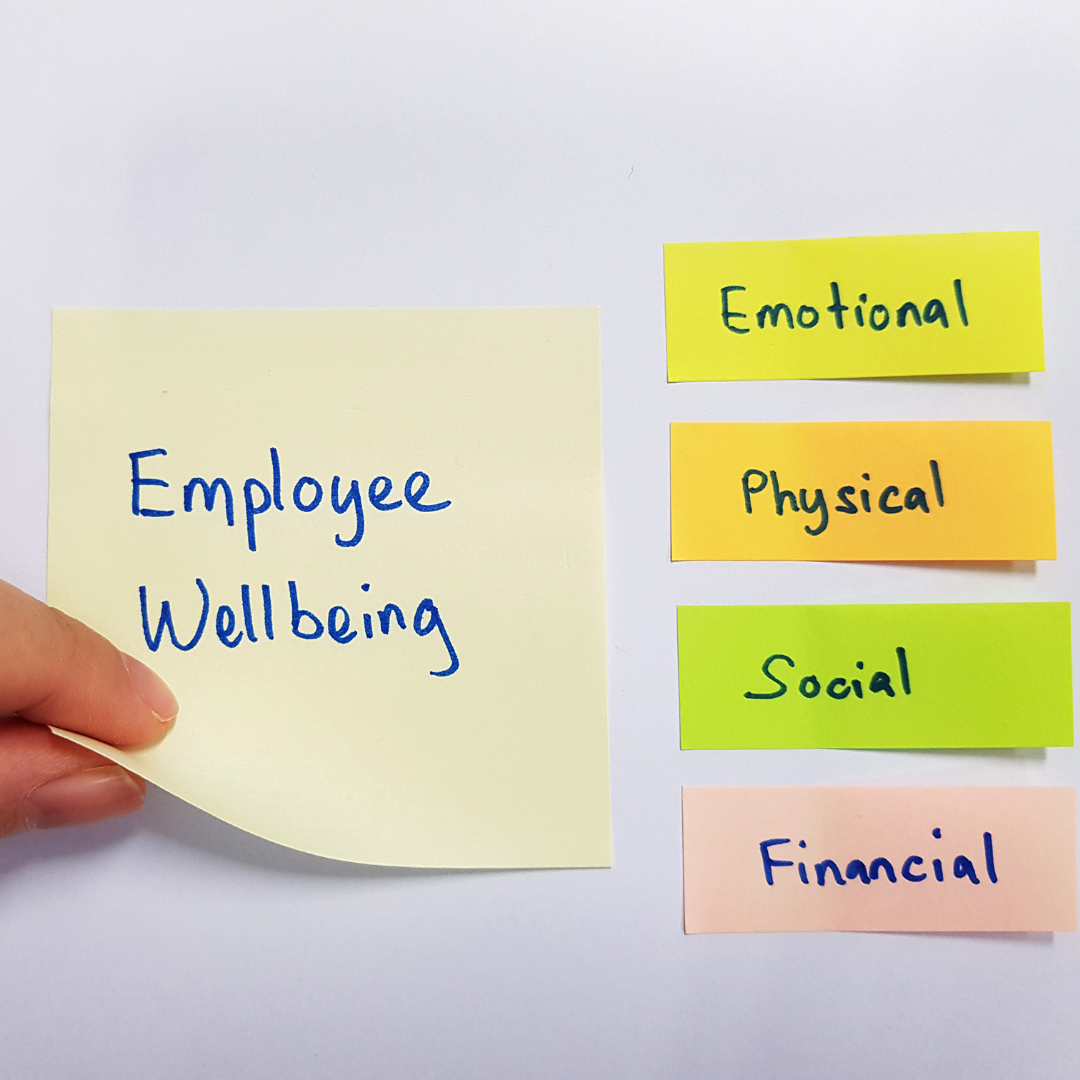“Believe you can and you are halfway there.
Theodore Roosevelt
Can High Performance and Wellbeing go hand in hand?
In today’s fast-paced work environment, many leaders are grappling with a big question: can we really achieve high performance while also ensuring employee wellbeing? It often feels like these two goals are at odds with each other. High-performance work practices (HPWPs) aim to boost productivity and efficiency, while wellbeing focuses on the mental and emotional health of employees. So, is it even possible to strike a balance between the two?

The Connection Between High Performance and Wellbeing
Interestingly, research suggests that HPWPs can actually enhance employee wellbeing instead of hindering it. These practices can lead to increased job engagement, better mental health, and even help employees juggle the challenges of work-life balance. Sure, HPWPs can amp up engagement and commitment, but they can also add to stress and workload. It’s a complex relationship influenced by leadership styles, how connected employees feel to their organization, and the balance they strike between their work and personal lives. By digging into this relationship, we can aim to create workplaces where everyone thrives, both professionally and personally.
What Does High Performance Mean?
So, what do we really mean by “high performance” in the workplace? It’s all about achieving exceptional levels of productivity and effectiveness. To reach those heights, you need a mindset and set of practices that help individuals and teams go beyond the usual standards. High-performance cultures are built on shared values, strong leadership, open communication, collaboration, and a commitment to continuous improvement.
In these kinds of environments, employees feel empowered to take initiative and make decisions. It’s not just about hitting short-term targets; it’s a long-term commitment that requires discipline and consistent effort. This approach fosters self-awareness, optimizes focus, and encourages ongoing personal and professional growth.

Understanding Wellbeing
Now, let's shift gears and talk about wellbeing. This term covers a wide range of life dimensions, including physical, mental, and emotional health. In the workplace, wellbeing is closely tied to job satisfaction and engagement. Leadership and company culture play significant roles in shaping employee wellbeing. Health-oriented leadership is essential for enhancing health and wellbeing of employees, emphasizing the importance of valuing and protecting their wellbeing at work
Wellbeing goes beyond just avoiding negative outcomes like stress or burnout; it’s about creating happiness, engagement, and a sense of purpose in the workplace. How employees perceive their work and the support they receive from their organization is crucial to their overall wellbeing.
Why Both Matter
Both high performance and wellbeing are crucial for organizations and their employees. A culture that promotes high performance boosts engagement, productivity, and retention, ultimately leading to better business outcomes. On the flip side, prioritizing employee wellbeing is vital for maintaining a healthy and resilient workforce. When wellbeing is at the forefront, employees manage stress more effectively and adapt to change more smoothly. This focus can lead to lower absenteeism, reduced turnover rates, and higher overall job satisfaction. Plus, a culture that values wellbeing sends a strong message about the organization's values, attracting top talent and enhancing its reputation.
The Challenges of Balancing High Performance with Wellbeing
- The Stress Factor
The pursuit of high performance often brings with it significant stress. In high-pressure environments, the relentless chase for excellence can lead to heightened anxiety and even depression. This pressure is particularly felt in settings where every performance is scrutinized, and the fear of failure looms large. Just like athletes face immense pressures, the workplace can also be a hotbed for stress, especially with constant demands to meet KPIs and work long hours. This stress can disrupt focus, sleep, and ultimately lead to burnout, impacting both wellbeing and performance. - Time and Energy Constraints
Another challenge is the sheer volume of work employees are expected to handle. With so much on their plates, finding time for self-care can seem impossible. The pressure to deliver results can lead to overworking, which often results in both physical and mental exhaustion. The “hustle culture” prevalent in many workplaces only exacerbates this, pushing employees to sacrifice personal time for work. This relentless push can throw work-life balance out of whack, making it tough for employees to manage their personal lives while staying healthy and well. - Cultural and Structural Issues
Cultural and structural issues within organizations can also complicate the balance between high performance and wellbeing. In many places, the prevailing culture prioritizes results over health, leading employees to feel they must compromise their wellbeing to meet expectations. If reward and recognition systems only celebrate high achievers without considering their wellbeing, they can reinforce unhealthy behaviors. Leaders need to ensure their organizational practices and policies support both high performance and employee wellbeing instead of setting them against each other.
To address these challenges, organizations should adopt a holistic approach. This includes flexible work arrangements, mental health support, and a leadership style that promotes a healthy work-life balance. By creating such an environment, employees can manage their wellbeing while striving for high performance.
Strategies for Harmonizing High Performance and Wellbeing
- Integrative Corporate Policies
To harmonize high performance with wellbeing, organizations should implement integrative policies. Promoting a healthy work-life balance through flexible work arrangements is key. This might include offering flexible hours, remote work options, or allowing employees to tailor their tasks to their strengths.
It’s also essential to roll out wellbeing initiatives covering various aspects of health. Resources for fitness, mental health support, and stress management workshops can be incredibly beneficial. Think mindfulness sessions, mental health training, and access to counseling services.
Creating a culture of recognition can also significantly boost employee wellbeing. When organizations value and acknowledge employees’ efforts, it enhances social wellbeing, a critical part of overall health. Platforms that encourage peer recognition or friendly team competitions can go a long way. - The Role of Leadership
Leadership is vital in fostering an environment where high performance and wellbeing can coexist. Leaders should lead by example, promoting a culture that values employee wellbeing. This means encouraging open communication, respecting personal time, and managing workloads to avoid burnout. Regular check-ins can help leaders stay attuned to their teams’ stress levels and overall mental health.
Leaders should also prioritize mental health awareness and support, offering policies that include mental health days and access to counseling services. By creating a supportive environment, leaders can nurture mental wellbeing while driving high performance. - Personal Strategies for Individuals
On a personal level, employees can adopt strategies to balance high performance
with their wellbeing. Setting realistic goals and managing time effectively is crucial.
By establishing clear and achievable objectives, employees can avoid feeling
overwhelmed and maintain their mental health while aiming for success.
Breaking larger goals into smaller, manageable tasks helps maintain motivation and
reduces the risk of burnout. Engaging in self-care activities, whether that’s regular
exercise, practicing mindfulness, or pursuing hobbies, plays a crucial role too.
Spending quality time with loved ones and maintaining a healthy lifestyle, good
nutrition and regular physical activity, are also essential for overall wellbeing.
Plus, recognizing when to seek support, whether through coaching or counseling,
can provide the tools needed to manage mental health while maintaining high
performance.
How does wellbeing affect performance?
Promoting wellbeing can help prevent stress and create positive working environments where individuals and organizations can thrive. Good health and wellbeing can be a core enabler of employee engagement and organizational performance.
What is the relationship between employee wellbeing and performance?
Employee health can have a significant impact on an organization's profitability. Healthy employees are generally more engaged, motivated and productive which leads to improved overall performance.
What is the relationship between health, fitness and wellbeing?
The link between physical fitness and health is undeniably strong. Regular exercise and a balanced diet are the cornerstones of a healthy lifestyle, promoting physical strength, mental well-being and reducing the risk of chronic illnesses.
What is the relationship between wellbeing and health?
Wellbeing and wellbeing itself influences health. There are a number of correlations between wellbeing and physical health outcomes, improved immune system response, higher pain tolerance, increased longevity, cardiovascular health, slower disease progression and reproductive health.
Conclusion
In the end, the quest for high performance and employee wellbeing doesn’t have to be an either-or situation. By understanding the relationship between the two and implementing effective strategies, organizations can create environments where both thrive. It’s not just beneficial for employees; it’s a smart business move that can lead to lasting success. So, let’s keep the conversation going: how can we make this balance work in our own workplaces?
I am a Master Certified Coach with the International Coaching Federation and a Certified Health Coach, and I am keen to explore this important topic further with you. If you are interested, please let me know.

book a call